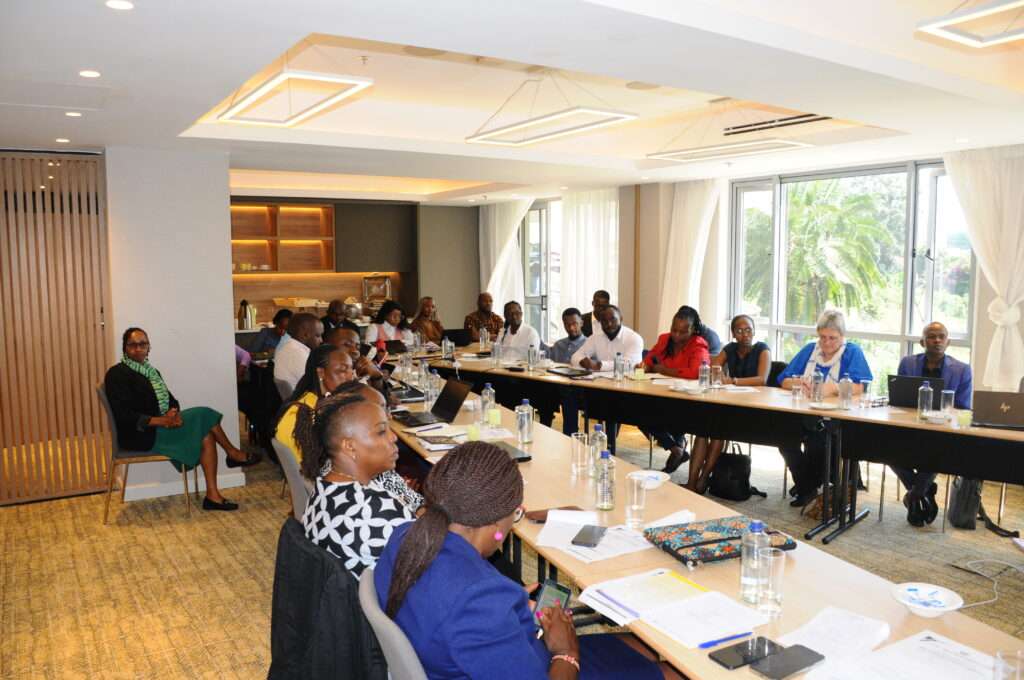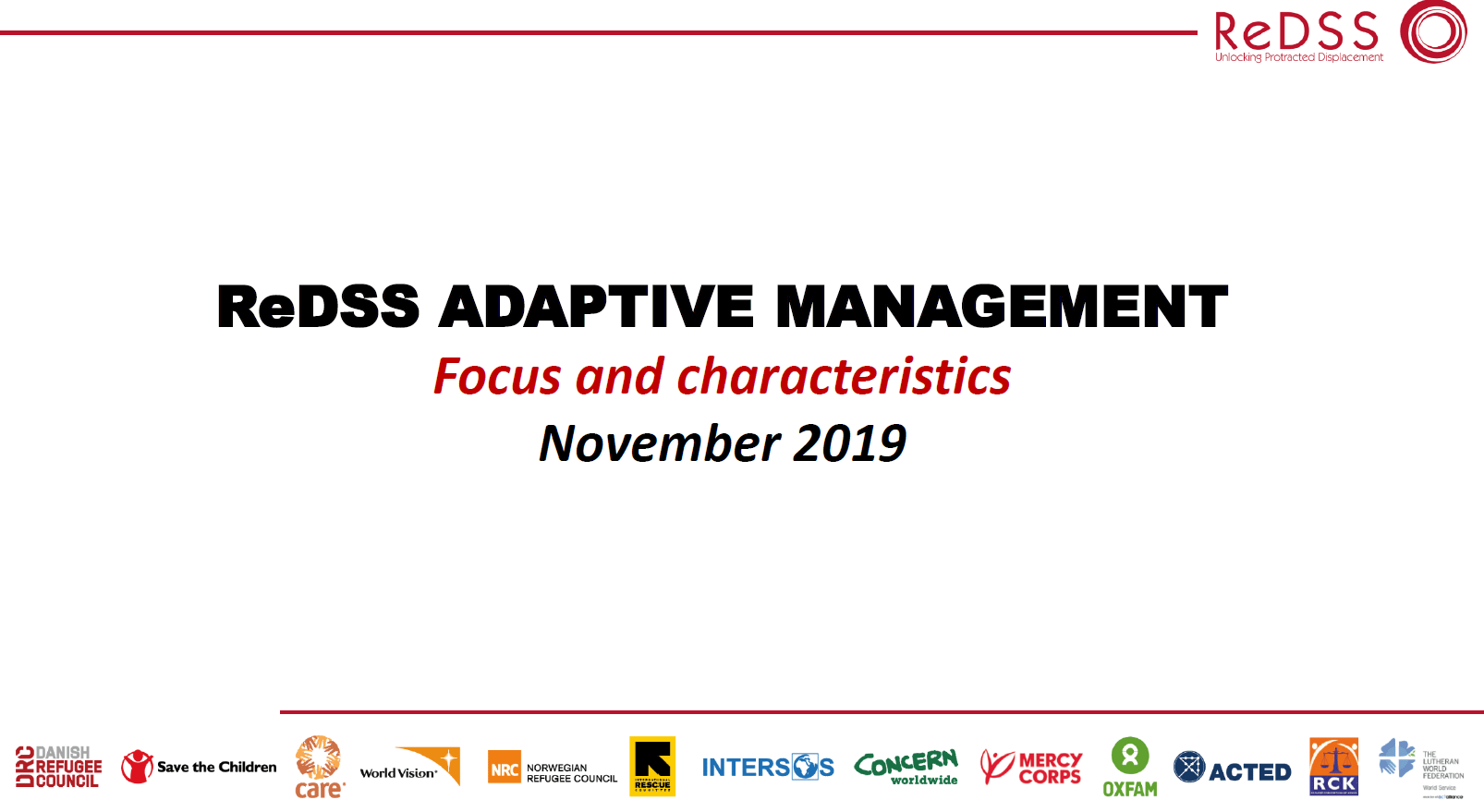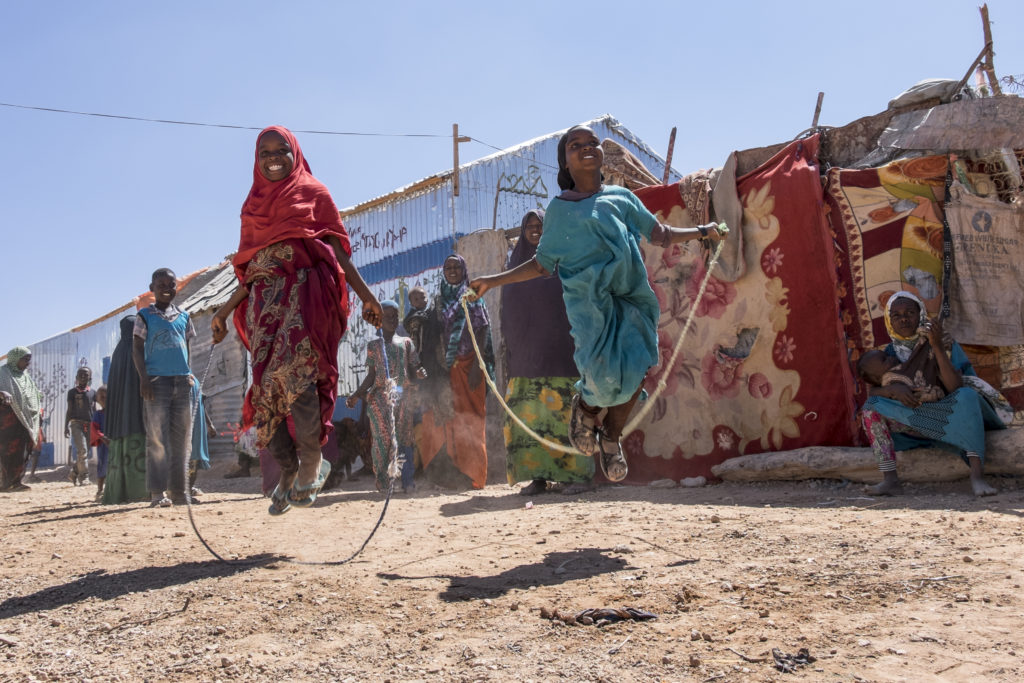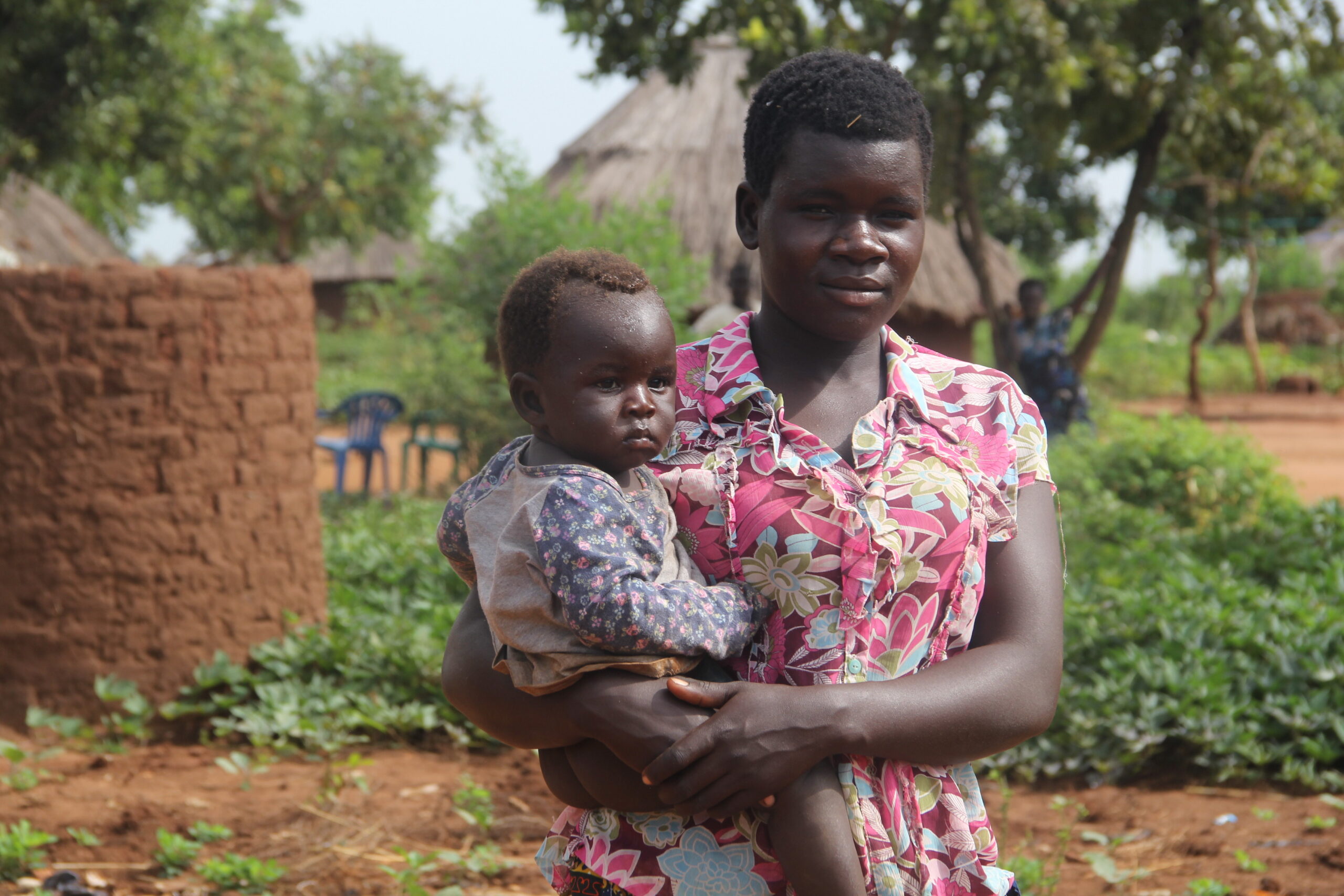While significant efforts have been made to address the needs of refugees in Kenya’s major hosting counties like Turkana and Garissa through integrated plans like The Kalobeyei Integrated Socio-Economic Development Plan (KISEDP) and Garissa Integrated Socio-Economic Development Plan (GISEDP), urban refugee-hosting areas have often been sidelined. The Kenyan government’s Shirika Plan aims to transform refugee management through a settlement approach, encouraging more developmental and cross-cutting responses to enable refugees to enjoy more rights and leveraging various policy shifts, such as the 2021 Refugee Act.
Recognizing the importance of the urban refugee context, the Regional Durable Solutions Secretariat (ReDSS), in partnership with Cardiff University through the Protracted Displacement in an Urban World (PDUW) research project, is working with the Nairobi City County Government (NCCG) to develop a refugee inclusion and community building strategy dubbed “the Nairobi County Refugee Integration and Community Building Strategy”.
A Holistic Approach to Urban Refugee Response
The strategy aims to offer more long-lasting solutions for livelihood strategies, service delivery, foster well-being, self-reliance, and aid programs in urban responses by promoting interaction between urban refugees/IDPs, residents of low-income informal settlements, municipal authorities, and other local actors. By addressing the unique challenges and opportunities present in urban settings, NCCG is taking a crucial step towards creating an inclusive and sustainable environment for urban refugees in Nairobi, paving the way for their successful integration and community-building efforts.
Collaborative Efforts and Stakeholder Engagement
On 6th February 2024, the Technical Working Group (TWG), convened under the strategy development process, held a pivotal meeting to discuss the Strategy development roadmap.
This collaborative effort brought together key stakeholders, including the United Nations Refugee Agency (UNHCR), SDI-Kenya, International Rescue Committee (IRC), the Department of Refugee Services (DRS), the Refugee Consortium of Kenya (RCK), GIZ, REfuSHE, the Refugee-Led Organization Network of Kenya (RELON-Kenya), Give Directly, the Regional Durable Solutions Secretariat (ReDSS) and NCCG officials from various departments, the Chief Officer for Youth, Talents & Sports, and a Member of the County Assembly.

Participants during the Technical Working Group meeting follow the proceedings held at Dusit Princess, Nairobi
The meeting aimed to:
- Review the strategy concept and discuss key insights and recommendations from stakeholder meetings.
- Establish timelines and milestones for the development of the strategy.
- Outline the framework and key components of the strategy through collaborative efforts.
Key Takeaways and Next Steps
To facilitate the strategy development process and begin the process by April 2024, the following steps were identified:
- Engage an Independent Consultant: ReDSS will support with the commissioning of an independent consultant on behalf of NCCG to commence the drafting process, conduct a desktop review, undertake a situation analysis, carry out an in-depth stakeholder mapping exercise and data collection with stakeholders involved in urban refugee response (including donors, the private sector, refugees, RLO’s, host communities, DRS, UN agencies and I(NGO’s),develop the draft strategy, conduct sensitization , validation and approval sessions with multi stakeholders , finalize the strategy and its implementation plan and launch.
- Align with Existing Frameworks: to anchor the strategy, the NCCG strategy will align with the Shirika Plan, The Nairobi County Integrated Development Plan (CIDP) and County Annual Development Plan (CADPand establish linkages with other legal and policy frameworks including the Refugee Act 2021 and the Kenya’s Comprehensive Refugee Response Framework(CRRF).
- Facilitate Community Dialogue: NCCG will facilitate dialogue between host communities and refugees, ensuring that the community’s voice is reflected in the strategy.
- Clarify Roles and Responsibilities: roles and responsibilities within the TWG will be clarified through Terms of Reference (ToRs).
As ReDSS, we remain committed to supporting the NCCG to address the unique challenges and opportunities present for refugees in urban settings through this collaborative strategy. We are optimistic of a better environment for urban refugees in Nairobi through the strategy, paving the way for their successful integration and community-building efforts, ultimately contributing to durable solutions for displaced populations in Kenya.




